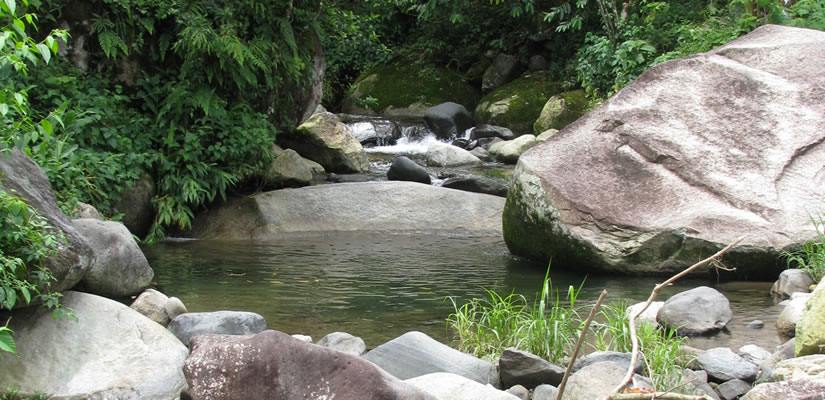Water

The Montreal Process provides a network and forum to promote awareness of the important role of forests in conserving water. This enables sharing of knowledge and best practices to preserve water quality and quantity in forests.
Water protection and the role of forests in water regulation may also be influenced by forestry operations which can regulate the flows and improve the quality of water. These practices, which help address the critical issues surrounding the quality and quantity of water, are critical elements of sustainable forest management.
The Montreal Process gives us a mechanism to monitor, assess and report on the effectiveness of best management practices, guidelines, codes, policies and areas protected for water resources on a national basis.
There is a growing concern in the face of unstable climate conditions regarding the maintenance of the water quality and quantity necessary for our wellbeing. The development of criteria and indicators has helped promote awareness in member countries of the important role of forests in conserving water and raised commitment to the sustainable management of forests.
A number of member countries, including Argentina, Australia, Russia, Uruguay, Chile and the United States of America, have introduced best management practices, guidelines, codes of conduct, etc., into their policies. Other countries including Canada, China, Japan, Korea, Russia, the United States, and Uruguay have maintained, improved and expanded forests whose designation or land management focus is the protection of water resources. Mexico has promoted reforestation in order to improve the conditions of forests and water quality in watersheds.
Research focused on the potential impacts of forestry activities on water indicates that timing, frequency, scale, and geographic spacing of timber harvesting and thinning likely affect the yield and quality of water. In Australia, recent research has led to the development of new guidelines for the improved protection of headwater streams based on five graded prescriptions according to erosion risk. Argentinean manuals include results of research and experience obtained during the last five years related to criteria and indicators. Its guidelines consider ecological and socio-economic aspects, and can be updated as a result of development of new knowledge.
The United States, through the use of criteria and indicators, especially Criterion 4 - soil and water, grouped various sources of impairment of rivers and streams and classified the states into eight broad impairment source categories. They found that, of these eight broad sources of impairment, forestry-related activities impair the fewest miles of rivers and streams.
